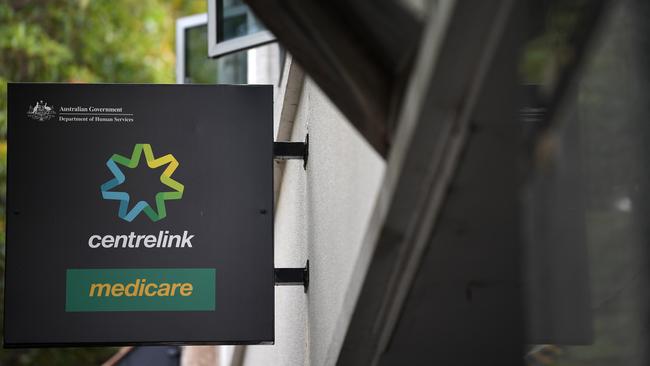Up to 250k jobs are at risk when JobKeeper ends
Up to 250,000 Australians be without a job when the JobKeeper wage subsidy program finishes at the end of this month.

Up to 250,000 Australians could lose their jobs when the JobKeeper wage subsidy program finishes at the end of this month, according to a leading labour market economist.
The expiry of the support payments looms as a key “known unknown” and has the potential to derail a powerful post-recession labour market recovery, which has largely returned employment to pre-COVID levels.
National accounts figures this week show the economy maintained its strong upward momentum over the final three months of 2020, expanding at a surprisingly strong rate of 3.1 per cent.
Despite the rapid progress made since the country recorded its sharpest downturn in nearly a century, policymakers, central bankers and economists remain wary of what will happen to some one million employees who remained on JobKeeper in January.
University of Melbourne professor Jeff Borland said the answer to that question was “critical to Australia’s labour market outlook”. He said it was also a particularly difficult event to forecast, given the paucity of available data.
The end of JobKeeper threatened two types of workers, Professor Borland said. First are “the jobs that would have been lost over the past year due to regular causes such as business failure and low demand, even had COVID‐19 not happened”.
The second group are those who are working in businesses that will remain affected by COVID restrictions beyond March, for example those in the aviation sector.
Based on estimates around how many are in both groups, Professor Borland said his best guess was 125,000 to 250,000 workers would become unemployed — or about 1-2 per cent of total employment.
Assuming continued jobs growth in the coming months and only two in three workers who lose their jobs become unemployed, the unemployment rate would lift by between 0.3-1.0 percentage points, he said.
The unemployment rate was 6.4 per cent in January.
“What that range is saying is the impact on employment will be observable, but it won’t be a decrease that sets back the recovery too far,” Professor Borland said.
“Of course, that may be offset of other sources of employment growth, or exacerbated by other causes of lower employment such as another episode or the re-emergence of COVID-19.”
ANZ economist Catherine Birch estimated that about 100,000-125,000 jobs could be lost come the end of JobKeeper, but that a strong labour market would likely offset those losses and result in a 0.2-0.3 percentage point increase in the jobless rate in the June quarter.
Josh Frydenberg on Wednesday said the government would announce further support measures for COVID-affected sectors and regions beyond March, and that these would be announced before the end of the month.
A spokesman for the Treasurer said Treasury has not provided any advice to the government around how many jobs could be lost when JobKeeper ends.








To join the conversation, please log in. Don't have an account? Register
Join the conversation, you are commenting as Logout